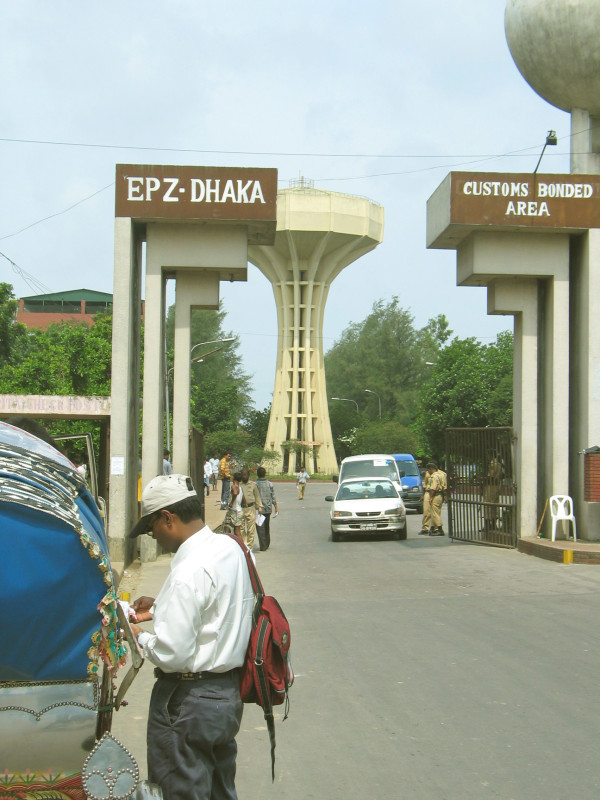Higher Education and Structural Unemployment: Discovering Possible Alternatives
By Niamat Ullah Sarker*
With globalization developed through capitalism, a new horizon has been seen in the world of trade and commerce. Under capitalism, people are free to work at jobs of their own choice, to try to sell their products or services at whatever prices they wish, and to select from among various products and service-providers for the best value. But the problem arises when the capitalists started to turn everything (education, for example) into their product.
Though the primary objective of education is to enlighten the individual’s minds, at the same time we cannot ignore the importance of education for getting a good job in this modern globalized world. Following this system, sadly, commercialization of education has become widespread in Bangladesh [not only Bangladesh. Ed.].
Capitalists see education as yet another mere product for maximizing profit and Bangladesh (with a population of 160 million) is a high-prospect market for capitalists. To them, students who have passed their higher secondary education – are the main consumers. When these students complete their higher education (MBA, MSC, MSS or MA) with a handsome CGPA at a cost of huge amounts of money, they find themselves jobless because of excess supply in the labour market. The number of higher educated job seekers is large whereas the number of jobs available for them is very limited.
A recent study (Bangladesh Institute of Development Studies: 2014) depicts that the unemployment rate is higher among the highly educated whereas this rate is very low among uneducated or half-educated people. This report states that 10.31% of masters degree holders are not engaged in any income generating activities whereas the figure is only 2.82% amongst the people who do not have any formal education. This report also states that unemployment is lowest among the people who have vocational or technical education. None of them have been found unemployed!
It is a clear indication that there is a huge mismatch in the demand-supply equilibrium of the labour market. The demand for technically educated people is higher but the supply is very limited. Most of the cases, the motorcar repairing shops in Dholai Khal, Bangla Motor or other places for instance are run by unskilled workers without any formal education who cannot diagnose the problem properly. On the contrary, the demand for skilled workers is very high in this field.
For higher education, the investment is very high and probably that is the reason why students who completed their higher education, demand a high salary. But in reality, these kind of salaried jobs are very limited. As a result, structural unemployment exists.
This is a form of unemployment where, at a given wage, the quantity of labour supplied exceeds the quantity of labour demanded, because there is a fundamental mismatch between the number of people who want to work and the number of jobs that are available.
Unemployment is very high at the higher educated levels, but these people cannot engage in production processes like farming, fishing, rickshaw/van pulling, motor garaging or similar activities because of social barriers where these low-salaried jobs are considered as ignominious.
Thus it is high time government and the people rethought the matter seriously, especially when approaching career planning. Government should update policy regarding higher education to discover possible alternatives for improving the situation. Rather than producing certified unemployed, skilled human beings should be produced. Technical or vocational education systems should be encouraged to meet the demand for the coming years and real market demand given the changed situation and looking at the similar mass unemployment of advanced economies which has fermented into the Occupation Movement.
* Niamat Ullah Sarker is a Graduate Researcher, Department of Development Studies, University of Dhaka










